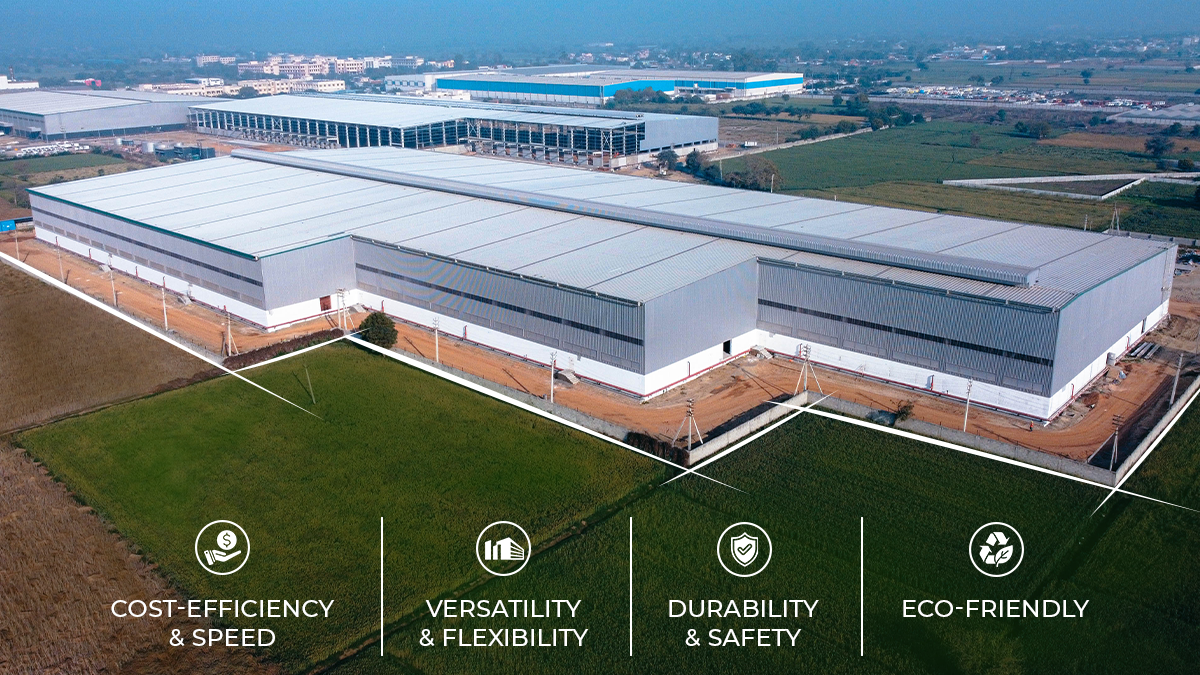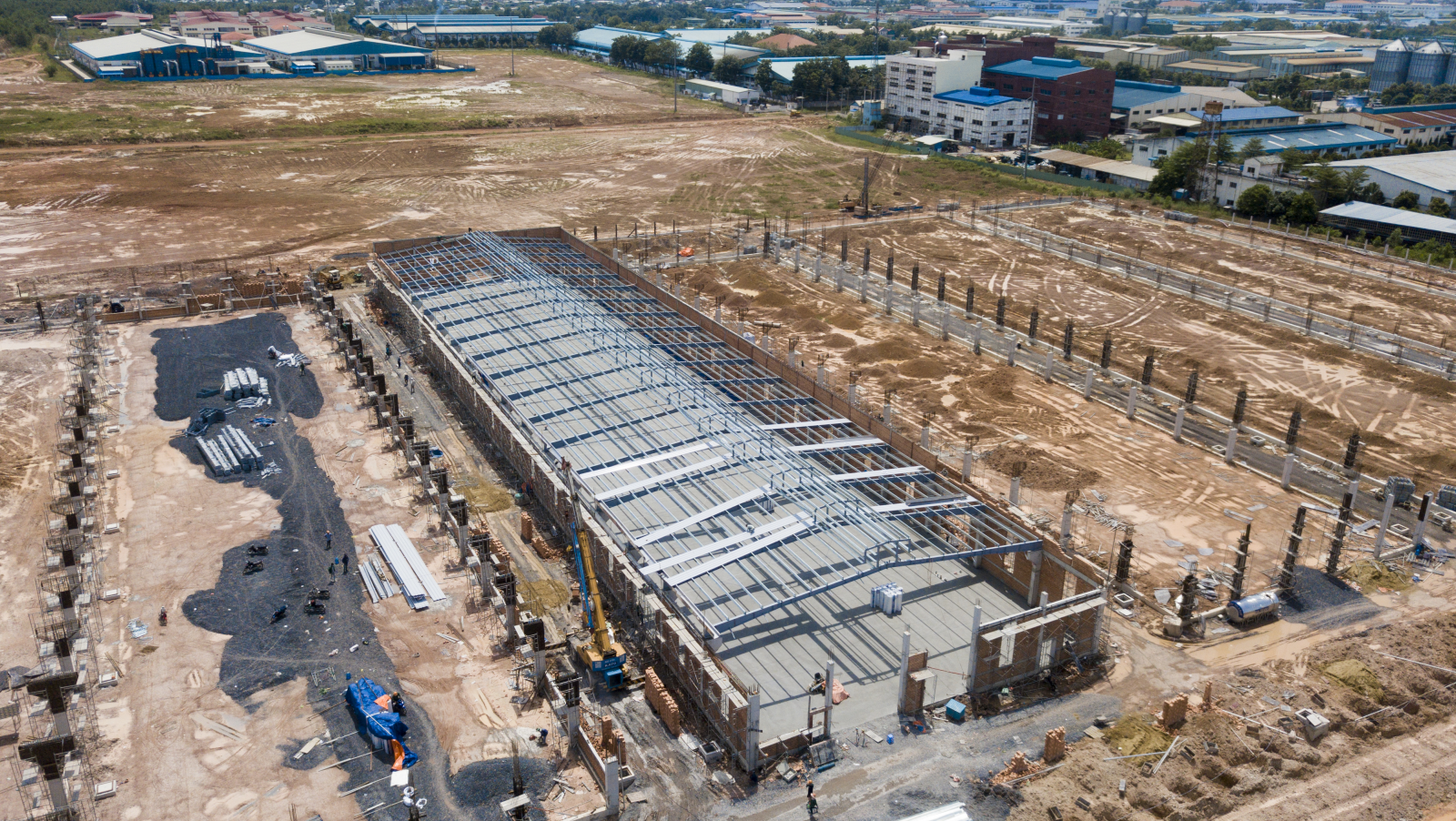
Equinor Pushes Back on Trump Admin Halt of $5B NY Offshore Wind Project
[ad_1]

Top executives of Norway-based energy developer Equinor are responding strongly—with a lawsuit against the government noted —after the Trump administration halted construction of the estimated $5-billion Empire Wind offshore wind energy project off New York’s coast, citing a need for further “review” of the fully permitted project.
“We have invested in Empire Wind after obtaining all necessary approvals, and the order to halt work now is unprecedented and in our view unlawful,” company CEO Anders Opedal told investors and analysts April 30 on its first-quarter results conference call, although it is complying with the shutdown order. “This is a question of the rights and obligations granted under legally issued permits, and security of investments based on valid approvals.”
Empire Wind, which was permitted last year by the Biden administration, is planned to have 54 turbines located on an 80,000-acre site 15-30 miles southeast of Long Island. With an 810-MW capacity, it would power as many as 500,000 homes via underwater cables connecting to a substation in Brooklyn, N.Y.
The U.S. Interior Dept. on April 16 ordered the project halt, claiming additional review of the project’s environmental impacts was needed, but gave no timeframe or scope for the analysis. Equinor said the project, which got underway last year with construction by Skanska of its onshore staging terminal in Brooklyn, is 30% complete. Opedal said the company may book an impairment loss in the second quarter as a result of the U.S. government order.
Equinor Chief Financial Officer Torgrim Reitan said the suspension was “extraordinary” for a company that has invested $60 billion in oil and gas in the U.S. since 2000. “Equinor invested in good faith,” he said on the investor call. “This is now about the sanctity of contracts … and the security of investments.”
Reitan said it is “a matter of urgency that the administration clarifies its position, given the delicate position of Empire Wind, which has a full roster of suppliers lined up” to build and equip it.
“Critical Phase”
“This project is in a critical phase,” Reitan told financial analysts. “We are about to start the offshore installations, and the installation window is now.” An Equinor spokesperson told ENR that marine developer Maersk is set to install turbines, manufactured by Vestas, with contractor Heerema responsible for monopile foundation installation that would start this year. Skanska is general contractor for the onshore project scope at the South Brooklyn Marine Terminal, along “with many subcontractors,” the spokesperson said. GE Bond is responsible for onshore substation work at the terminal, with work about more than 50% complete. “Construction on the project has put more than 1,500 people to work in the U.S. so far,” he said. The project’s investment value has reached about $2.5 billion as of March 31, said Equinor on the call.
The Empire Wind project will be the first offshore wind project to deliver power directly to New York City, linking at the Brooklyn substation located next to the terminal and continuing to the Gowanus Brooklyn substation, where it would connect into the city grid.
“We have been clear this is urgent, we have little time. The construction schedule is sensitive to contractor availability [and] the weather window,” said CFO Reitan. “This depends on project finance to work and as you well understand, lenders are very uncertain about the way forward. We have permits and approvals … and we have always assumed the U.S. will honor contracts.”
Philip Totaro, CEO of energy sector analysis firm InelStor LLC, told ENR that with the Empire Wind project halted, “litigation may be the only way to resolve the matter.”
He contends that “the suggestion that the project development or environmental review process was ‘rushed’ is a blatant excuse to use a seemingly legitimate process to pull federal permits for offshore wind projects that were already issued by the previous administration,” adding that “this federal review of permits for all offshore wind farms in the USA, and the halting of Empire Wind 1 is nothing more than highway robbery being disguised as judicious policymaking.”
Added Totaro: “These companies have paid hundreds of millions of dollars in some cases for lease rights, and they are now likely to have to litigate to build their own projects. This is a nonsensical waste of time and resources, especially at a time when the U.S. is supposedly in the midst of an ‘energy emergency.’”
[ad_2]
Source link
Post a Comment
You must be logged in to post a comment.






